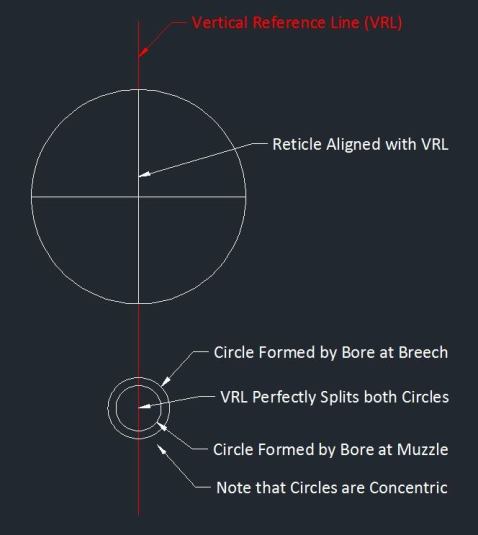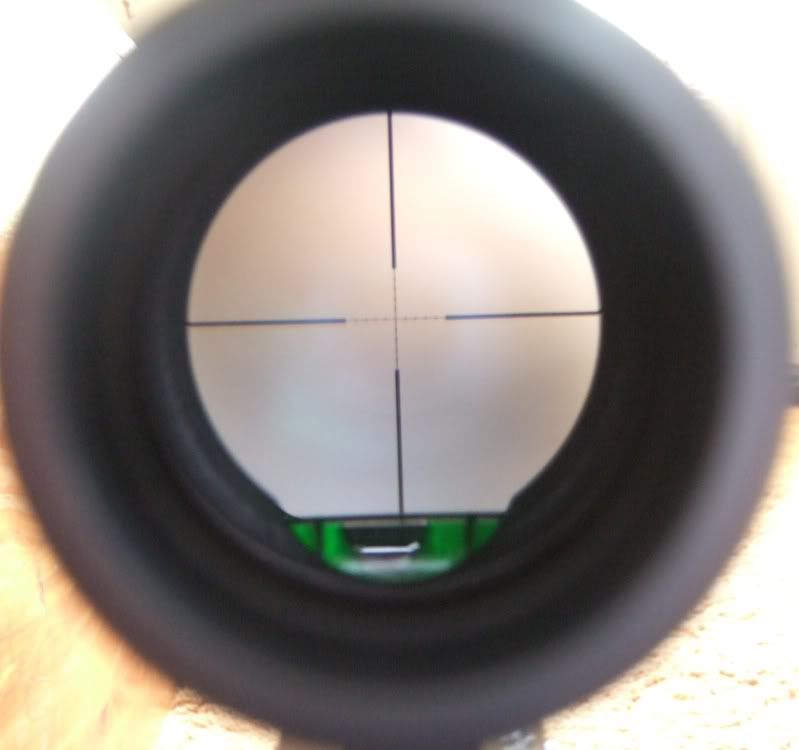This kit assumes the bolt raceway is perpendicular to the vertical lines of the stock/action screws. With savage that could be an issue. I tried some of that stuff and have a bunch of little spirit levels to show for it. Now I use a square with a spirit level in it line up on the butt pad screws and a 3' foot carpenter square set level at a distance. Secure the buttstock level to the earth and the crosshair even with the carpenters level. Im sure people might think that is odd but I never had anyone tell me my scope was off.



 Reply With Quote
Reply With Quote







Bookmarks